Hair Pros Say There Are 9 Types of Curls, and Each One Is So Different
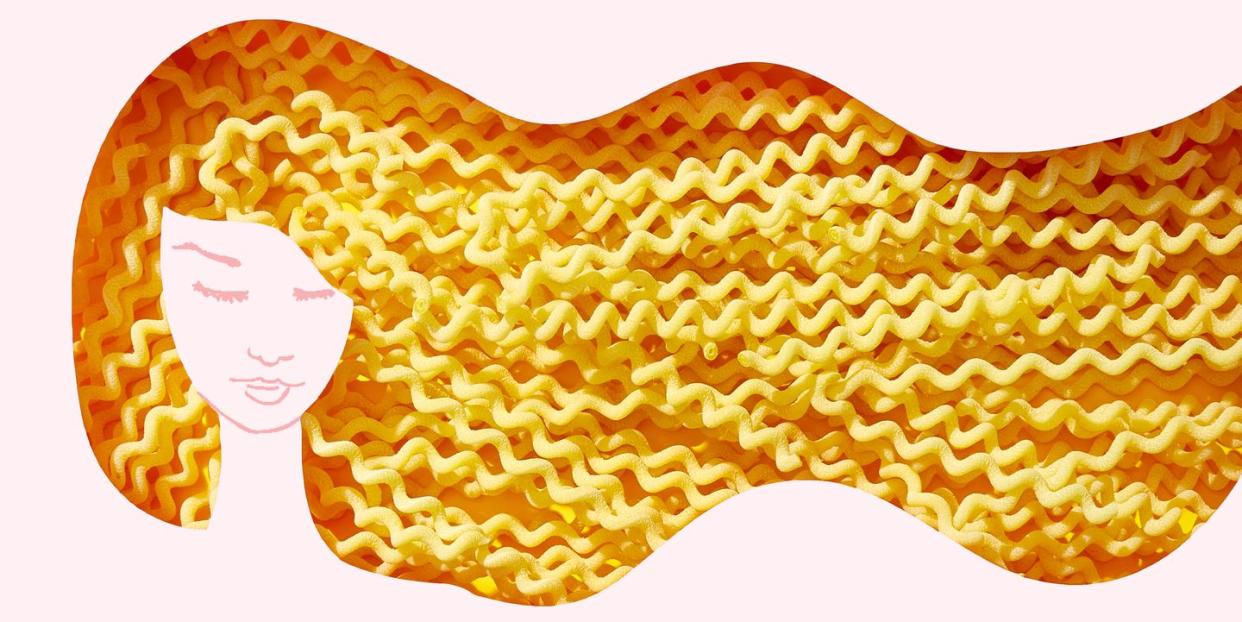
It’s easy to tell if you have straight hair, but getting a straight answer on your wavy and curly texture hair type is much harder. The rule of thumb when it comes to hair types is that hair can be grouped into four broad categories: Straight, wavy, curly, and coily or kinky.
To untangle the intricate world of curls, we asked haircare industry experts and hairstylists to help us understand the science behind curl formation and share their tips on how to best care for your specific type of spiral whether it's wavy (type 2), curly (type 3) or coily (type 4). It's the key to achieving beautiful and healthy hair regardless of its shape!
Why is my hair curly?

Hair type, from pin-straight to kinky, depends on the shape of the hair follicle itself. “The shape of our hair follicles and the way the hair emerges from the follicle is a major contributor in the degree of the hair curl pattern, its shape, and ultimately what we describe as texture,” explains Rolanda Wilkerson, Senior Scientific Communication Manager at Procter & Gamble.
The follicle, just like the hair fiber, can be different shapes and sizes. Straight hair emerges from a round follicle, while oval and twisted oval follicles create wavy and curly hair. The thickness of hair is also contingent on the follicle size: The thicker the hair strand, the larger the area that it grows from.
But that's not all. The chemical bonds in your hair also contribute to your curl pattern. "Hair is primarily made of cysteine, a sulfur-containing amino acid," Wilkerson says. In naturally straight hair, the cysteine groups are spread apart so they cannot interact. In wavy and curly hair, they are closer and can easily bond among themselves, creating more tension in the hair fiber and contributing to curling.
"The more curved the hair follicle, the more compacted the cysteine, the more bonds form, and the curlier the hair," Wilkerson notes, emphasizing that both follicle and hair fiber work in tandem when it comes to creating a curl.
How to identify your curl pattern
Over the years, scientists have attempted to classify curliness by measuring different parameters of the hair fiber. One of the most popularly cited studies is by the L'Oréal Institute for Ethnic Hair and Skin Research, which organized hair shapes into eight types by studying 2,449 subjects from 22 countries and five continents. Measuring curl diameter and curl index (the ratio of the stretched length of the hair to its length at rest), and counting waves and twists from each participant's hair, the scientist came up with a system assigning a number to hair type from 1-4. "The higher the number, the curlier the hair and the tighter the coil," Wilkerson explains.
This guide is a great starting point for finding the curl type that best resembles yours (note that this list omits type 1, as it refers to straight hair). To find out, you may want to sacrifice a few hair strands by plucking them out off your head while hair is still wet. Lay them flat against a white surface and watch them take their natural shape while they air-dry. You may identify with a few different patterns, as all hair doesn't necessarily contain the same type of curl consistently throughout.
Type 2: Wavy Hair
Type 2 hair incorporates natural waves that can range from barely noticeable to being mistaken for curly hair. Wavy hair tends to be straight when wet and ripples as it dries. It differs from curly hair in its inability to form swirls or twists that wrap around themselves. The key for wavy hair is to keep it nourished while giving it enough volume to move freely, so apply your styling products sparingly and with a delicate touch.
2A

Type 2A hair grows straight at the crown and creases toward the end. The wave shapes diverge slightly from straight lines.
This wave type is easy to comb and requires a minimal amount of styling. The waves form naturally when air-dried. Look for shampoos and conditioners that won’t make your hair limp, but instead add a little bit of volume.
We like Kérastase Densifique Bodifying Shampoo and conditioner, which topped the Good Housekeeping Institute Beauty Lab's volumizing shampoo and conditioner test. To balance movement of waves with straighter hair at the crown, apply a light mousse to boost your roots and avoid rich creams that can flatten the curl by weighing it down. Matrix Biolage Styling Whipped Volume Mousse, one of the top performers from the GH Beauty Lab's hair mousse test, fits the bill for this hair type.
2B
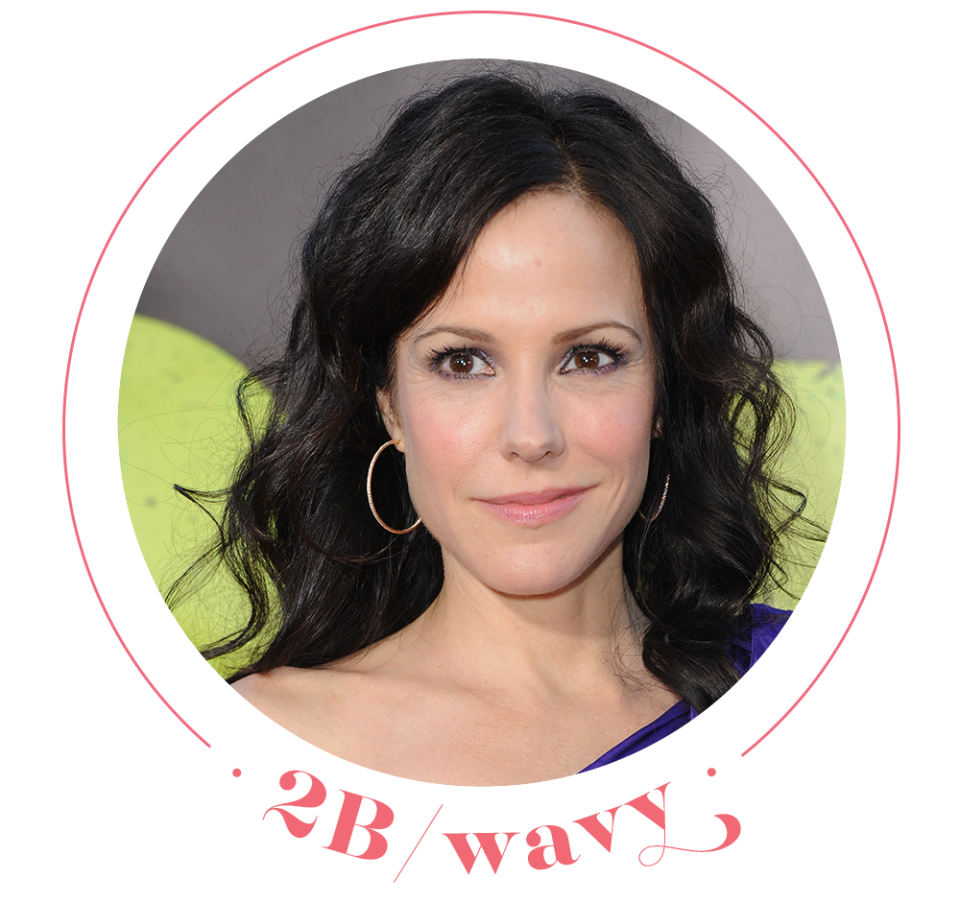
Type 2B hair grows straight, but starts forming medium to large S-shaped waves at the crown (think beach waves).
To preserve the bouncy shape of waves and keep them from tangling, use gentle shampoo and conditioner formulas like the GH Beauty Lab test-winning Garnier Fructis Full and Plush duo to soften hair without compromising its volume. Since this type is usually frizzier than Type 2A, lightly formulated leave-in conditioners that coat the strands during humid days can add extra protection and keep the waves intact. Try Orlando Pita Well Behaved Anti-Frizz Cream Serum, the winner of the GH Beauty Lab's anti-frizz styling products test.
2C
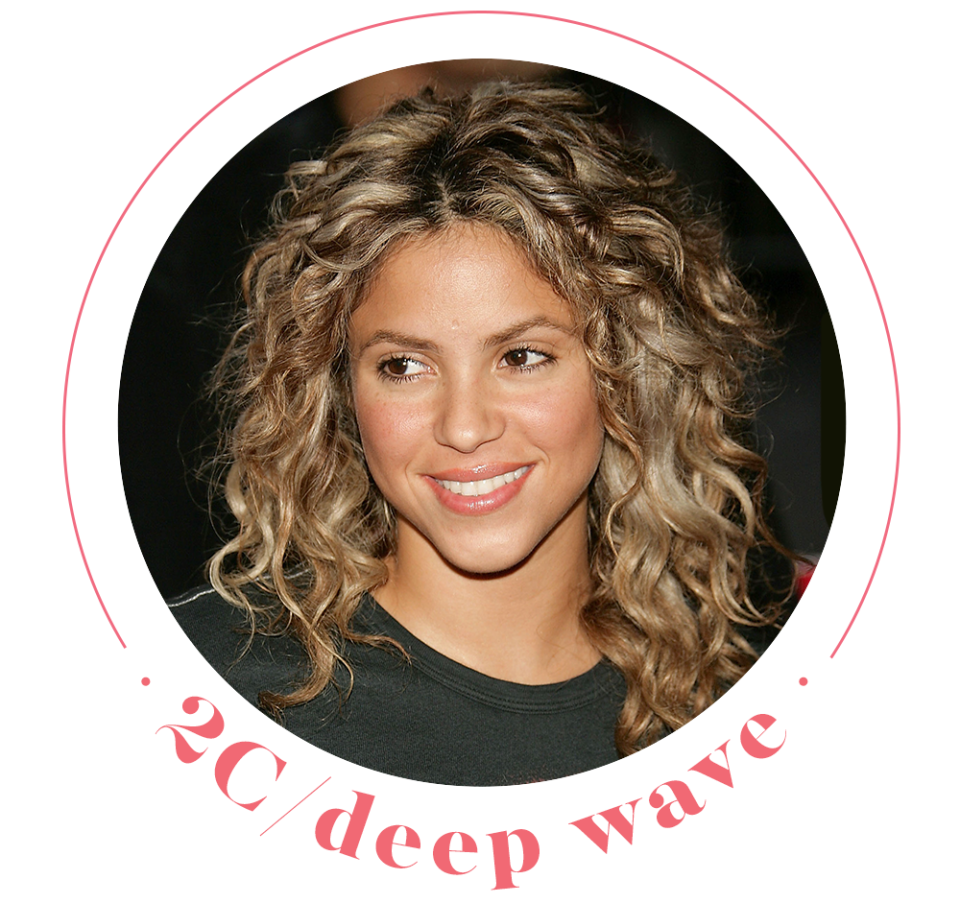
Type 2C waves are usually identified as small to medium size waves that form into a letter S shape as they grow. This shape borders between wavy and curly hair. Though for some this may already look like a typical curly hair, the 2C type does not form springs, a distinguishing feature between waves and curls.
2C waves are the most prone to frizz among wavy hair types. Maintaining volume and keeping frizz at bay is a tricky task, but leave-in conditioners and hair serums have proven to be an excellent choice to balance the two. Try our GH Beauty Lab test winner, Kérastase Discipline Fluidissime Complete Anti-Frizz Care Spray, which aced our evaluation for its lightweight formula that also effectively fights frizz.
Type 3: Curly Hair
This category encompasses hair that curls into springs and corkscrew shapes. When hair is wet, curls usually look like waves but take on a three-dimensional swirl shape as they dry. Each strand of this hair type can be unique. Look for products that are specially formulated for curls and to prevent frizz. This category is the one most likely to involve different hair types (fine, medium, or thick) and also combine wavy and coily strands.
3A
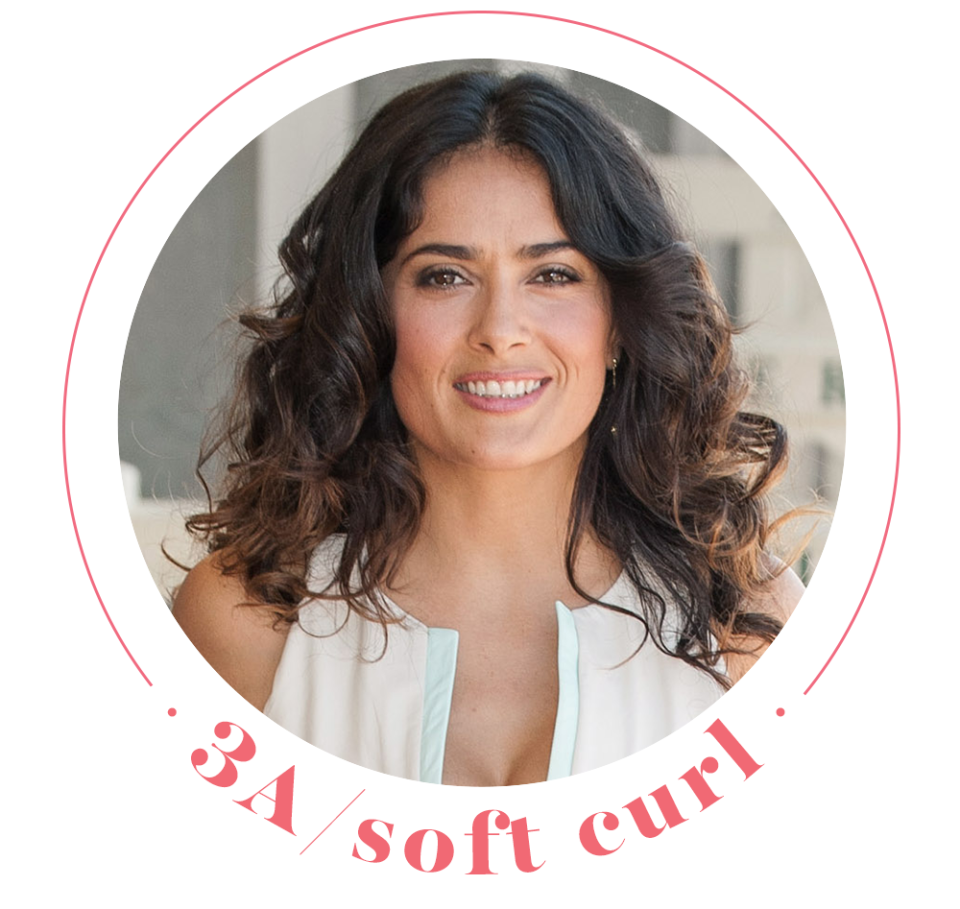
Curl type 3A features stretched spirals of curls that are large in diameter and roll down from the crown. With large soft curls, this hair is usually not coarse to the touch, and springs are bouncy and full of life even when minimally styled.
3A curls are known as some of the easiest types of curls to manage and with the right products, might not even require much styling. Look for light styling creams to help control strands when styling and drying. Try feather-light Good Housekeeping Seal star Garnier Whole Blends Oat Delicacy Gentle Detangling Hair Milk to coat curls and add shine.
Though this curl type can be straightened with a flat iron or a blow-dry brush, prepare to add a little elbow grease to get your desired look; try our GH Beauty Award winner Drybar The Double Shot Blow-Dryer Brush, which is proven to add volume while creating a smooth blowout.
3B
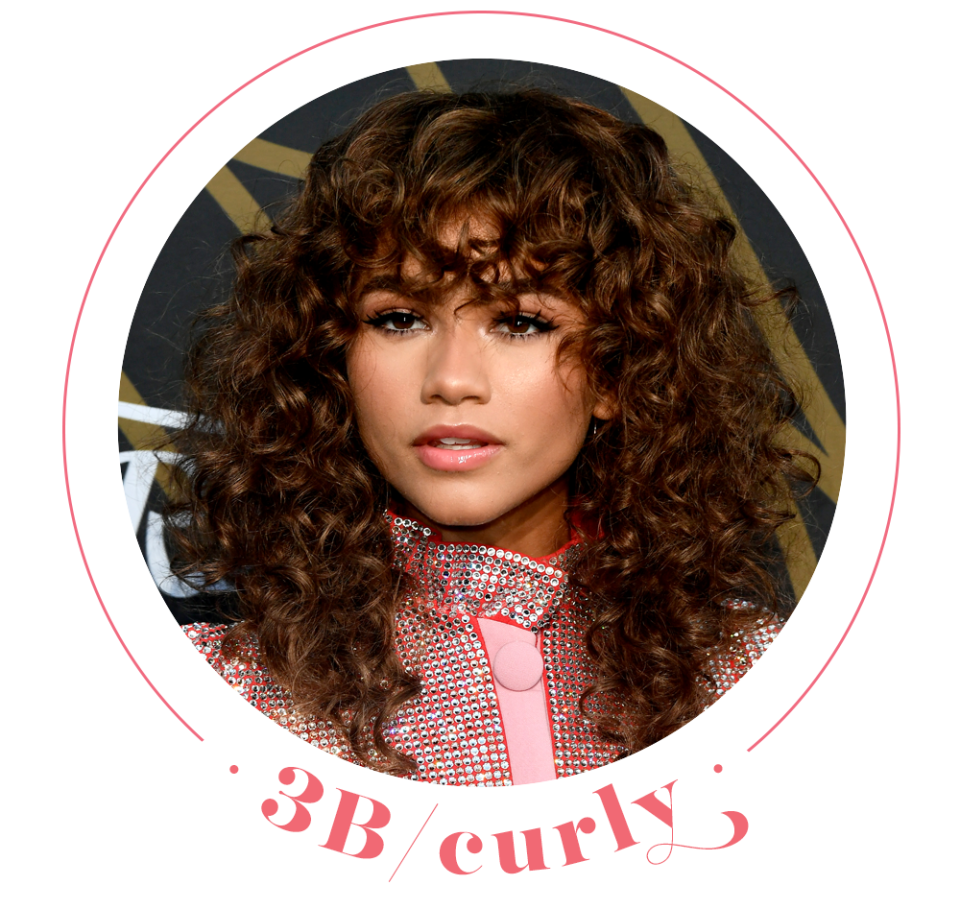
Type 3B has well-defined medium size springs that resemble corkscrews.
No need to boost volume for this curl type, as these spirals create fullness by bouncing off each other. 3B curls, however, are vulnerable to breakage and frizz. How you dry your hair also plays a role in curl health, and celebrity hairstylist Nikki Nelms, who styles Solange’s and Zoe Kravitz’s hair, recommends drying with a cotton t-shirt, as regular cotton towels can be too rough and cause damage, dulling hair.
Hair oils and serums that keep the frizz away and give shine may be all that is needed to keep 3B curls looking lush. Try Goldwell Kerasilk Control Rich Protective Oil, which effectively blocked frizz on hair samples in the GH Beauty Lab's test and wasn't greasy, testers confirmed.
3C
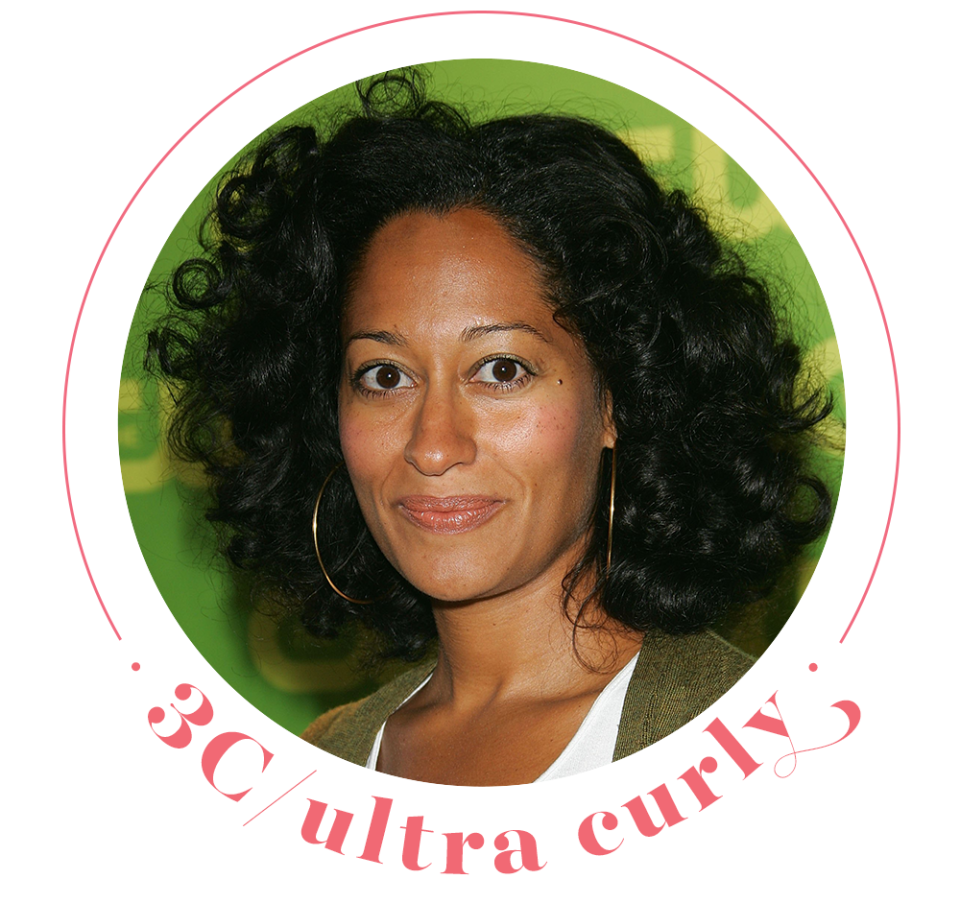
Type 3C hair has springs that are smaller and more tightly-packed than 3B, and they can vary from precisely defined to loose helixes.
When it comes to caring for curls, “it's important to work a detangling comb from tip to root, instead of root to tip as most people do, to help reduce damage," Nelms advises. To keep these curls full and soft, use gentle shampoos such as cleansing conditioners (a.k.a. co-washes), which clean and nourish simultaneously with higher ratios of conditioning ingredients.
Try Joico Moisture Co-Wash Whipped Cleansing Conditioner, which was a winner of the GH Beauty Lab's cleansing conditioners test. Hair gels generally can keep this type of curl in place and also provide frizz protection. We recommend alcohol-free Dove Amplified Textures Shine and Moisture Finishing Gel to enhance natural curly texture, made with softening jojoba and coconut oils.
Type 4: Coily/Kinky Hair
This hair type can have either a compact zigzag pattern that doesn’t twist around itself or tightly-wound s-shaped curls. It can also incorporate the two shapes. Type 4 curls can shrink when dried, so to determine if this is your curl pattern, give it a closer look when hair is wet and dried.
4A
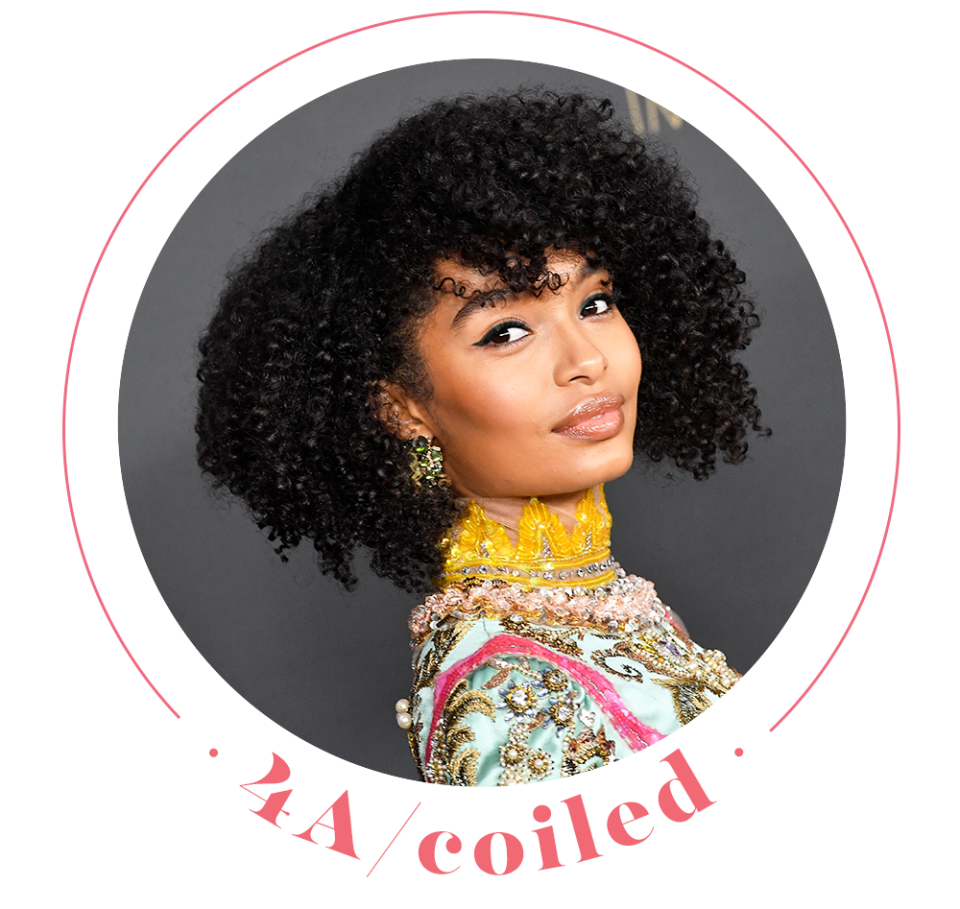
Curl type 4A can be recognized by its small but distinctively S-shaped strands sequenced into looped, tight rings.
To minimize any damage, use shampoos and conditioners that are rich with moisturizing agents and gently pat hair dry without excessive rubbing. Try Herbal Essences Bio Renew Hydrate Coconut Milk Shampoo and Conditioner, as this duo provided the highest level of conditioning in our Beauty Lab’s test of moisturizing formulas.
This type of hair will also benefit from additional nourishment from hair creams and oils to keep ringlets plush to the touch and protected from moisture. We like GH Beauty Award winner Suave Curl Defining Hair Cream that effectively prevented frizz and softened without a crunchy feel.
4B

Type 4B is characterized by its tiny zigzagged pattern, which is often accompanied by compressed and s-shape coils.
This hair type lends itself to a range of different styles, and it can tolerate a variety of products from gentle to rich. Still, "conditioning the curl is key both in the shower and post-shower" advises Nelms. Clean and quench your curls with gentle shampoos and conditioner, such as Alaffia's EveryDay Coconut shampoo and EveryDay Coconut conditioner, both crafted with virgin coconut oil and no artificial colors or synthetic fragrances.
4B curls are most vulnerable when wet, so make sure your hair is well-conditioned before styling. Try a rich leave-in conditioner that can be applied on damp or dry hair, such as Pattern Leave-In Conditioner, which was created for coily and tightly-textured strands and is packed with nourishing botanical oils.
4C
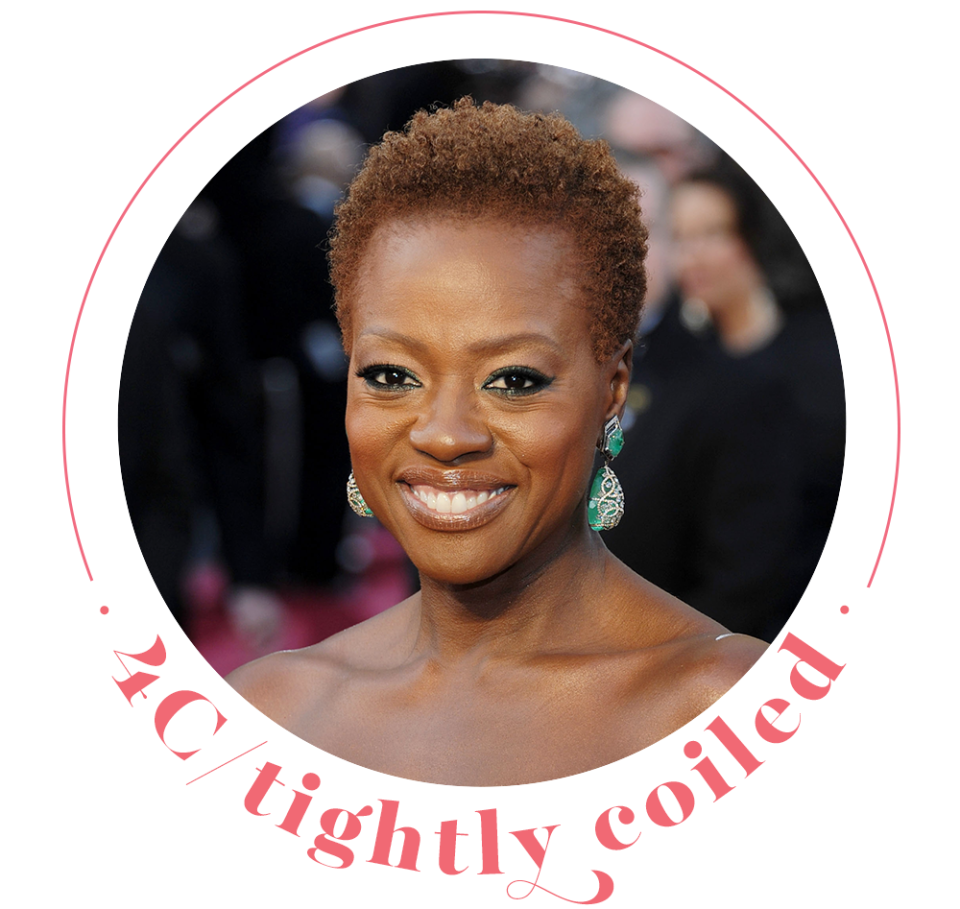
Type 4C tightly coiled strands are more fragile than any other pattern and have a very tight zig-zag shape that is sometimes indiscernible to the eye.
This hair type is the most prone to breakage, so constant moisturization is crucial. Nourish your hair with deep conditioners and hot oil treatments at least once per week. Try GH Beauty Award winner Head & Shoulders Royal Oils Deep Moisture Masque, which scored high in GH Beauty Lab testing for reducing scalp and hair dryness in tests on women with textured strands, and follow with coconut, castor or almond oil, such as lightweight Mielle Organic Mint Almond Oil that locks in moisture on strands and has a slight tingling sensation when applied to the scalp. Plus, it can be used as a hot oil treatment.
When applying hair oils, detangle and separate your hair with your fingers to ensure the products are evenly distributed. Nelms also recommends sleeping on a silk pillowcase or wearing a hair bonnet for further protection. "This helps hair retain hydration for healthier curls," she explains.
You Might Also Like

